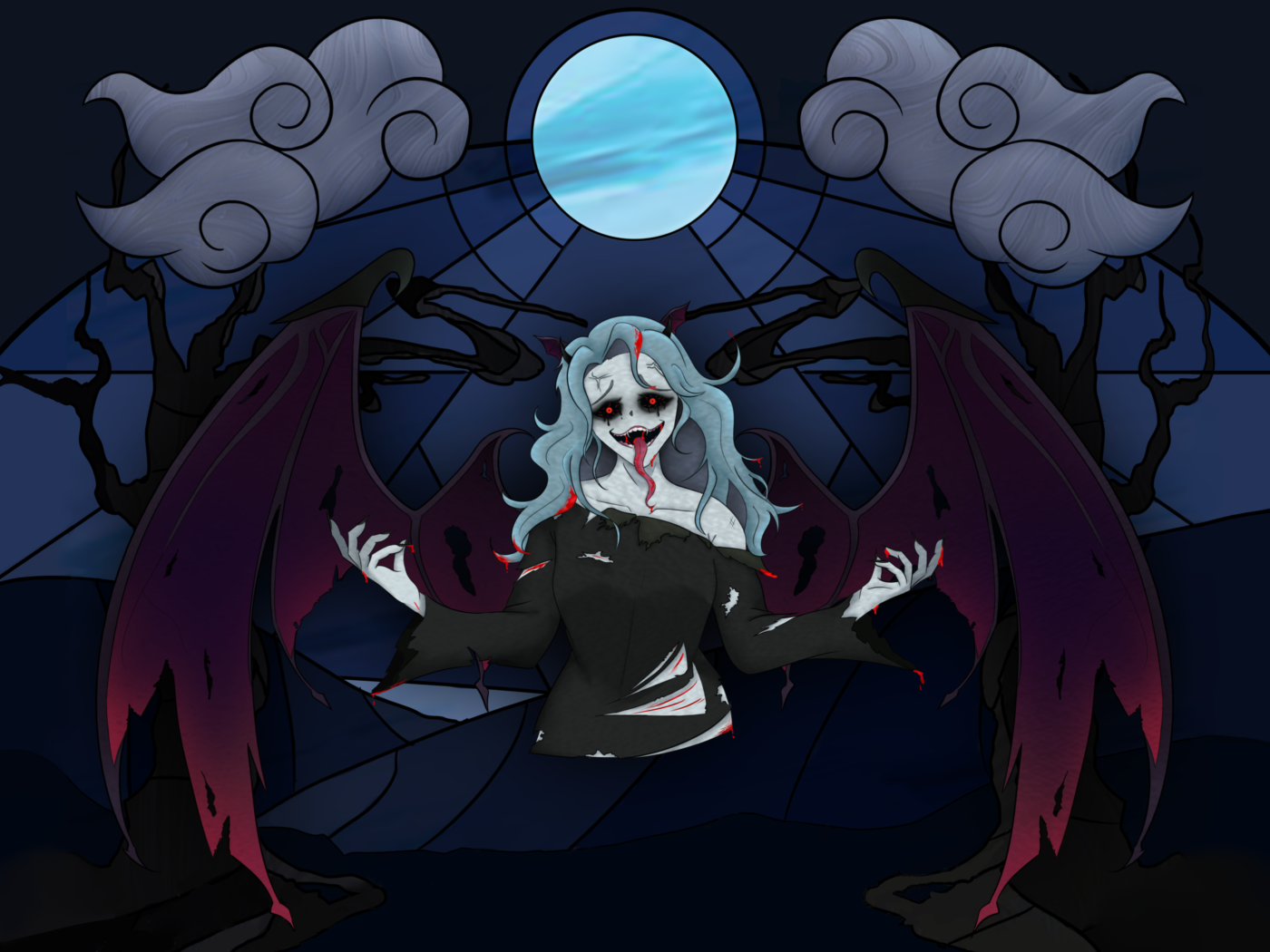Beyond goodness and salvation, Catholicism is also linked to fear as Filipino religious horror paints a ghastly portrait of religion and our colonial past.
IN THE Christian context, fearing God tends to mean being in awe of an all powerful being. But when awe and respect turn into terror and dread, something wicked must be afoot.
Religious horror is a horror film subgenre largely premised on religious fear or lack thereof, as it depicts possessions, exorcisms, and malevolent forces beyond understanding. These film narratives often center around Christianity and its signifiers for good and evil. Satan often acts as the object of fear, taking over the bodies and minds of innocent characters, whereas Christianity is portrayed as the salvific force through incantations and holy water.
Regardless of whether Christianity saves the day in the end, religious horror continues to associate fear with faith. Filipino horror cinema remains no different, with local horror films such as Seklusyon (2016) featuring historical religious elements which reflect the country’s religious background.
Despite the Filipinos’ long-standing relationship with Catholicism, films and stories seem to blur the line between fear and worship. The frequent appearances of familiar religious imagery and figures throughout local horror cinema points to an essential dimension of Filipino horror.
Theophobia
Even in the earliest days of Philippine cinema, Filipino horror thrived in the form of films such as Ang Aswang (1933), one of the earliest “talkies” or films with sound shot and produced in the Philippines. Since then, the subgenre flourished with films like Pa-Siyam (2004) and Eerie (2019), with both films featuring Christian elements unique to the Philippines. Pa-Siyam is centered on the Filipino tradition of the nine days of prayer after a funeral, whereas Eerie is set in an all-girls, private Catholic school run by Catholic nuns. The prominent appearances of these elements can be traced back to film theorist Robin Wood’s concept of the return of the repressed.
“Return of the repressed talks about how horror films become vehicles for talking about what we collectively choose to not talk about—the unspeakables of our societies,” explains Gershom Chua, Communication professor specializing in Film Studies at the Ateneo de Manila University. He elaborates that horror films become safe venues for confronting the repressed objects of fear in society. This partly accounts for the genre’s appeal in the Philippines, as they portray certain religious realities and anxieties Filipinos experience.
Moreover, Chua shares that the appeal is also due to the films’ proximity to the Filipino experience. “[Filipino horror films] hit different [because] you don’t really have to go too far in terms of cultural imagination to try to conjure in your mind the horrific. The horrific is already within you—within your culture, within your people, within your experience,” he points out.
In traditional Filipino folklore, the horrific had always been depicted as a tangible horror that can be defeated through physical means. Chua states that these tangible evils—while still prominently featured in contemporary narratives—are now defeated in a different manner with the advent of Christianity.
“The pre-colonial self was suddenly resituated and recast as the source of evil. The horrific aspects are cast as actual body and material evils, pero yung paraan natin ng pag-save sa sarili natin (but the ways of saving ourselves) [are] very internal and very faith-based,” shares Chua.
As religious horror maintains a large presence in Filipino cinema and folklore, Chua believes that filmmakers should continue producing films of this subgenre to further establish its presence and definition. Given that horror films feature more fantastical, otherworldly elements, he also hopes that filmmakers adapt a more critical approach and utilize the storytelling possibilities available to them to confront religious institutional issues.
As the future of the sub genre continues to develop in Philippine cinema with emerging knowledge and practices, Chua also prompts a look back into the factors which made Filipino religious horror the way it is today.
Scary as hell
The religious horror genre finds its roots in the Philippine’s colonial-evangelical history, as Chua mentions. During the precolonial period, as Spanish conquistadores alighted on Philippine shores, they brought with them official Catholicism—a faith defined by commandments and doctrines.
At the time, Filipinos subscribed to folk mythology, a belief system characterized by corporeal and lived spirituality. Chua notes that the corporeality of folk mythology is exemplified by the bodily representations of mythological creatures such as the chain smoking kapre, viscera-eating manananggal, and other aswang forms.
When official Catholicism was introduced to Filipinos, it did not eradicate existing folk mythology; rather, it began to coexist with it. This coexistence endures to this day as folk religion. Similarly, author and theologian Antonio D. Sison names this uniquely Filipino Catholic profile in his journal article Afflictive apparitions: the folk Catholic imaginary in Philippine cinema. Sison discusses that, at the cusp of colonization, Filipinos embraced a “double belongingness” to formal Catholicism and folk religion.
Similarly, Arturo Borja, SJ, School Chaplain of Xavier School San Juan, echoes the view on double belongingness to an extent, citing a present “mishmash of religion and folk belief.” However, he believes that the Catholic faith’s involvement in what he refers to as the “diabolical entities” of folk mythology is more corrective than derivative. He shares that the Church serves not to create evil but “to make the faithful, the believers, become aware of the presence of the evil one.”
Ultimately, Borja notes that the clergy’s role is to encourage believers of spirits to also believe in God or to even grow more in their love for God. He clarifies, however, that priests have individual ways of helping people with different problems and backgrounds.
With regard to the religious depictions featured in this genre, Borja hopes that filmmakers make the necessary consultations with clergical individuals and institutions. Accommodating the clergical perspective, as Borja emphasizes, is for filmmakers to be discreet and aware of their films’ representations of belief and their effect on audiences.
Crux of the matter
The enduring appeal of the religious horror sub genre to audiences and filmmakers alike is largely because of its ability to become a vessel for exploring and scrutinising a society’s definition of fear. The genre’s sustained relevance is a response to the question of why rituals gone wrong, nuns with vengeances, and aswangs with appetites continue to frighten Filipinos.
Ultimately, an understanding of the Philippines’ colonial-Catholic past can enhance one’s viewing experience of the religious horror genre. This historical cognisance makes viewers more sensitive to the allegories the genre reveals about Filipinos—a people whose theological merits and traditional myth exist side by side.







